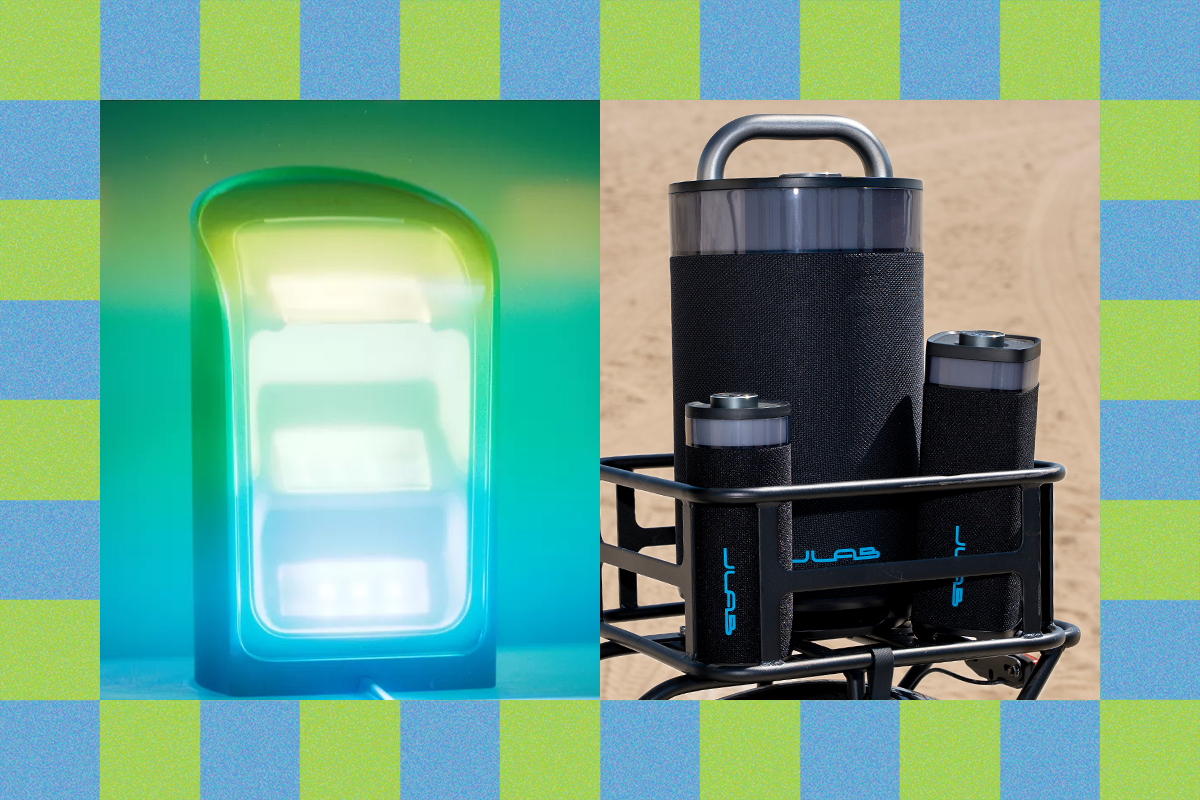All products featured on WIRED are independently selected by our editors. However, we may receive compensation from retailers and/or from purchases of products through these links.
The brains behind the computational photography that vaulted Google’s Pixel phone camera to fame have a new camera app for you to try, this time from Adobe. Marc Levoy and Florian Kainz left Google several years ago, and Adobe’s Project Indigo seems to be the fruit of their labor.
The iPhone-only app is available on the App Store for the iPhone 12 Pro and Pro Max, iPhone 13 Pro and Pro Max, plus iPhone 14 and newer. (It’s free and doesn’t require an Adobe account.) Like the computational photography techniques pioneered with the Pixel’s camera, the Project Indigo camera app captures a burst of photos and combines them to deliver better dynamic range with low noise.
The research paper written by Kainz and Levoy claims it produces a more natural “SLR-like” look, closer to that of a professional camera than a smartphone. It does this by underexposing the image while combining up to 32 frames, much more than most phones. This supposedly creates a delay after pressing the shutter button, but that’s the sacrifice to get better image quality. The app has manual controls, including shutter speed and ISO, and can capture photos in RAW and JPEG.
Adobe’s products are already the default for many creatives in post-production workflows, but if the company can craft a camera app that can produce better results than the native camera in smartphones, that could put one’s entire workflow through Adobe’s ecosystem. The app is still experimental, and the team is hoping to add more features, like Portrait mode, an Android app, and video recording.
Wyze Tightens Security With VerifiedView
We were big fans of Wyze’s budget security camera wares, but those low, low prices came at a cost. We stopped testing and recommending Wyze cameras in early 2024 after a series of security incidents. (The final straw was the exposure of 13,000 camera feeds to customers who didn’t own them.) The company has been working hard to beef up its security since then and win back customer trust. The latest announcement to that end is VerifiedView, which tags all your videos with your unique user ID. Before anyone can view, download, or share that content, Wyze verifies that the user ID on the content matches the account that’s trying to access it. In short, it’s a fail-safe to prevent anyone from being able to watch videos from other people’s cameras, and it should make a recurrence of that last breach impossible.
Over the last few months, Wyze has pulled in security consultants for extensive penetration testing, improved password requirements, enabled two-factor authentication by default, improved cloud security, beefed up encryption, and rolled out tools to detect suspicious logins. Wyze cofounder Dave Crosby told WIRED that Wyze has also reduced its reliance on third-party tools, which were partly to blame for that last breach. The company now has a bug bounty program and a transparent reporting policy, plus Crosby says every employee has completed cybersecurity training.
It’s a shame it took a serious breach for this to happen, but these actions are encouraging, and the company has managed to stay incident-free for almost 18 months now. We plan to resume testing Wyze devices soon. —Simon Hill
Peak Design Finally Refreshes Its Travel Tripod
Courtesy of Peak Design
I’ve been regularly using Peak Design’s Travel Tripod for 5 years, so I’m excited to see the company finally debuting a successor: the Pro Tripod. It’s now on Kickstarter with an expected October ship date. The Pro Tripod comes in various versions: Pro Lite ($800), Pro ($900), and Pro Tall ($1,000). They all can hold 40 pounds (as opposed to 20), are taller, and remain travel-friendly and portable. It was difficult to shoot video with the original Travel Tripod, but that’s remedied with the Pro Tripod’s fluid panning capability via the redesigned Pro Ball Head. There’s a separate Tilt Mod you can add for full pan and tilt functionality.
The differences between the new tripods aren’t vast. The Pro Lite shaves some weight (it’s 3.7 pounds) but doesn’t get as stiff; the Pro Tall has a higher deploy height and can be stiffer, but is heavier and larger (4.5 pounds). The Pro blends a bit of both (4.2 pounds). The tripods have carbon fiber legs with a CNC-machined anodized aluminum center hub. They look like great upgrades all-around, only if you can stomach the leap in price.
JLab’s New Bluetooth Speakers Are Crazy Cheap
Courtesy of JLab
JLab is taking its talents for crafting quality earbuds at shockingly low prices into the portable speaker market with four new budget Bluetooth models. The lineup starts with the $20 Pop Party Speaker, a hangable oval with dual two-inch drivers, dual passive radiators, customizable RGB lighting via the JLab app, and around eight hours of battery life. Stepping up to the $30 Go Party Speaker gets you slightly improved water resistance (IPX6 vs IPX5) and twice the battery life in a tubular design reminiscent of JBL’s Flip speakers.
The larger JBuds Party ($70) offers 30 watts of power to make it “one of the most powerful speakers at its price,” according to JLab, though, unlike most speakers at this level, it’s not fully dunkable, offering just IPX6 water resistance. Finally, because every brand needs a karaoke speaker, there’s the $150 Epic Party with a 360-degree soundstage, four 2.5-inch drivers, a 5.25-inch woofer, and up to 16 hours of claimed battery life. Like its siblings, the Epic boasts RGB lighting and includes both a 3.5-mm aux connection and a quarter-inch jack for adding a microphone. All four speakers are available this week, and we’ll be checking them out soon to see how they stack up to the best Bluetooth speakers we’ve tested. —Ryan Waniata
TCL Z100 Speaker Makes Atmos Sound More Flexible
More than 18 months after it was first teased at IFA 2023, TCL has confirmed the launch of the Z100—the world’s first Dolby Atmos FlexConnect speaker. The aim here is to deliver Atmos sound wirelessly and flexibly, with a range of configurations available—from two to four speakers.
As they are wireless, the Z100 speakers can be placed wherever is convenient in the room, and will work along with the sound from compatible TCL TVs as well as any other Z100s you own, creating a 5.1.2-channel or 7.1.4-channel Atmos sound. Each speaker packs four drivers, including one upwards firing, to deliver 170 watts of total power.
The Z100 is currently compatible with the latest generation of TCL QD-Mini LED TVs, like the QM6K, and will also double up as a Bluetooth speaker (without Atmos). It’ll be available first in France starting July 2025, with further European and US launches to follow. —Verity Burns
Philips Hue Debuts the Wall Washer
Courtesy of Philips
The latest smart lighting release from Philips Hue is the Hue Play Wall Washer. This sleek, black, aluminum device is just 6 inches tall and is designed to sit on your TV cabinet or sideboard and, as the name suggests, wash your wall in colorful light. Employing a new ColorCast projection technology, the Wall Washer sprays light at a wide angle and supports multiple simultaneous colors and a ton of lighting effects. You can sync it with your existing Hue lights and systems, including the Hue HDMI Sync box and the TV and PC Sync apps. Folks can set the intensity, speed, brightness, 3D positioning, and direction of the light it emits in the Hue app. Available this month, a single wall washer costs a rather spicy $220, or you can snag a two-pack for $385.
Select markets already have access to the built-in AI assistant in the Hue app, which you can ask to generate scenes based on your mood or activity, but it’s rolling out to the UK in July and globally (including the US) in August. —Simon Hill




